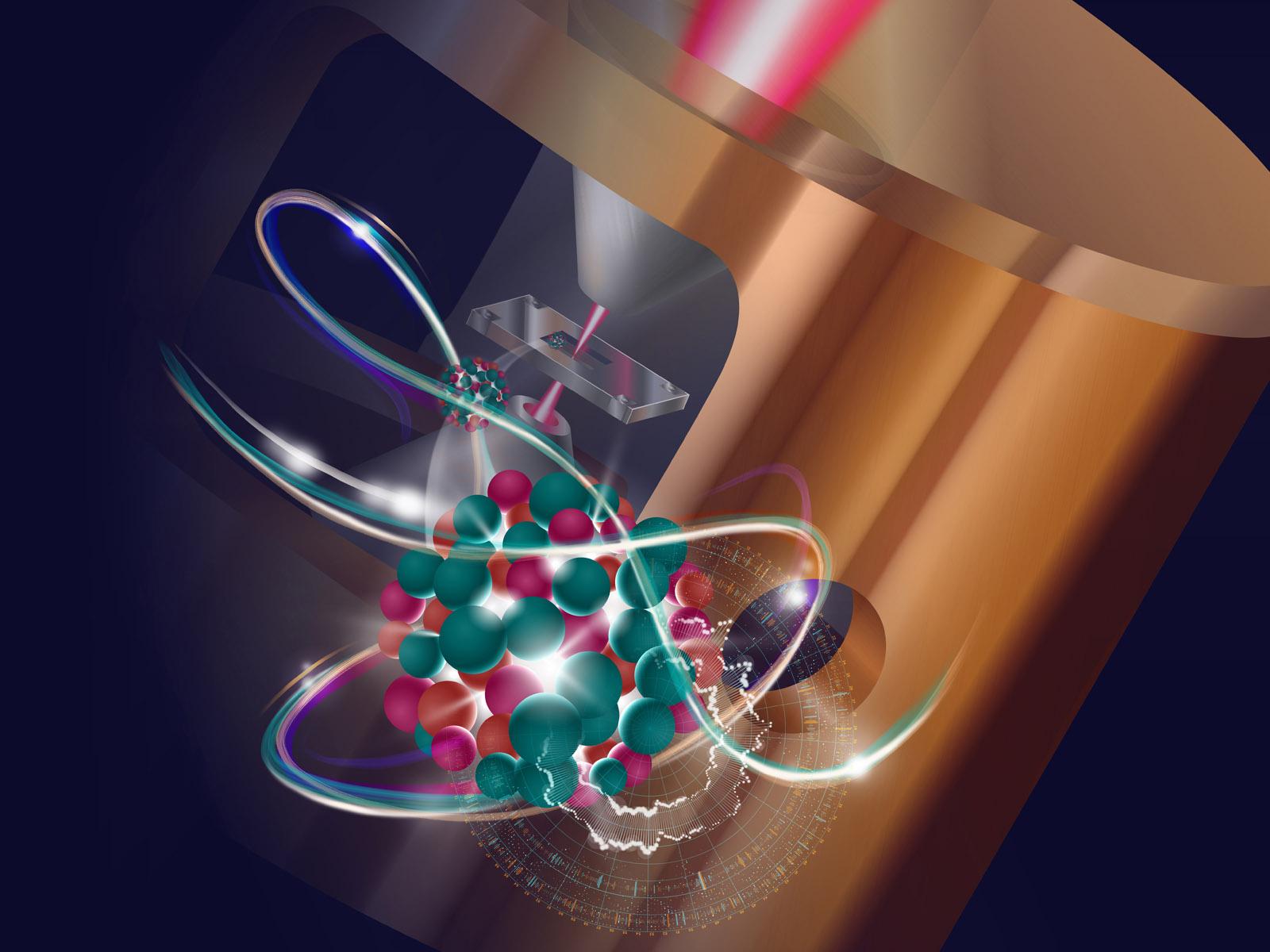This article was adapted from PNNL’s news release.

We’re surrounded by an unseen atomic world that governs life and the technologies we use every day, such as batteries and computers.
Scientists have developed powerful microscopes that use electron beams to peer into this world, revealing how tiny atomic motions and defects have a big impact on materials and chemical processes. Still, many questions remain out of reach of today’s microscopes, requiring us to reimagine the tools used to survey the atomic landscape.
An international research team led by Pacific Northwest National Laboratory (PNNL) has published a vision for electron microscopy infused with the latest advances in data science and artificial intelligence. Writing a commentary in Nature Materials, the team, which included the Foundry’s Colin Ophus, proposes a highly integrated, autonomous, and data-driven microscopy architecture to address challenges in energy storage, quantum information science, and materials design. They describe how this approach can provide new insight into materials properties, permitting experiments at a vast scale not possible today.
In their article, the research team proposes to integrate artificial intelligence and machine learning into each step of the microscopy workflow. They argue strongly for the development of a new microscopy infrastructure—advanced via multi-institute national technology initiatives—that makes data more accessible to research organizations worldwide. In this way, past measurements could be used to select techniques and interpret results on the fly, informing autonomous decision-making algorithms. Large libraries of past experiments could be used to highlight latent features and offer guidance for the user. A strength of this “crowdsourced” approach is that it is highly scalable, less prone to operator bias, and more repeatable, which will translate into improved results.
Ultimately, the team hopes to show the immense, untapped potential of data science and its critical role in unlocking the full power of electron microscopy.
The commentary, published in the October 26, 2020, online edition of Nature Materials (DOI: 10.1038/s41563-020-00833-z), is the result of the first Next-Generation Transmission Electron Microscopy (NexTEM) workshop held at PNNL in 2018.

